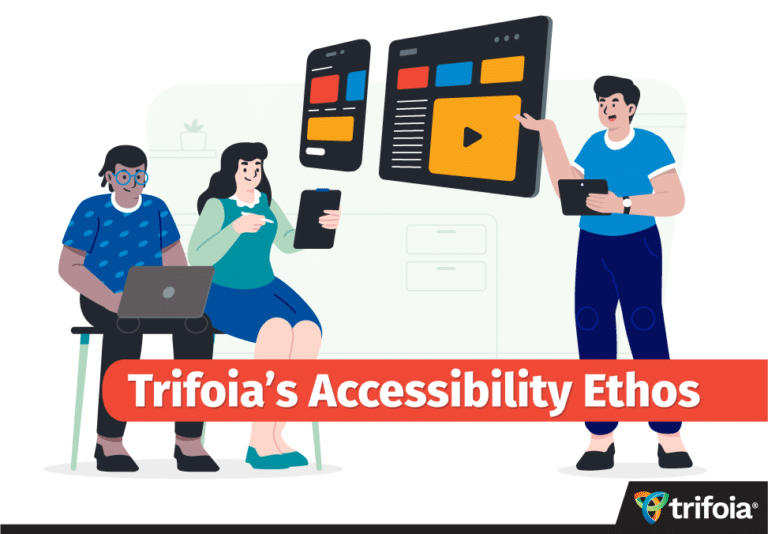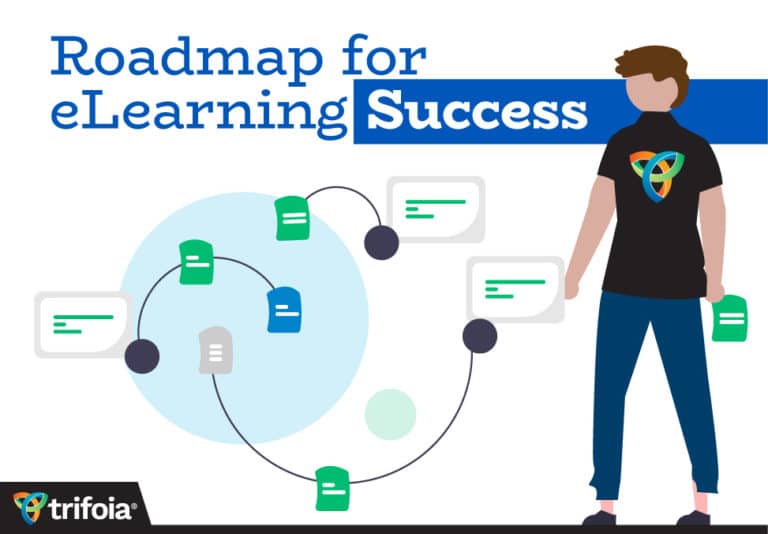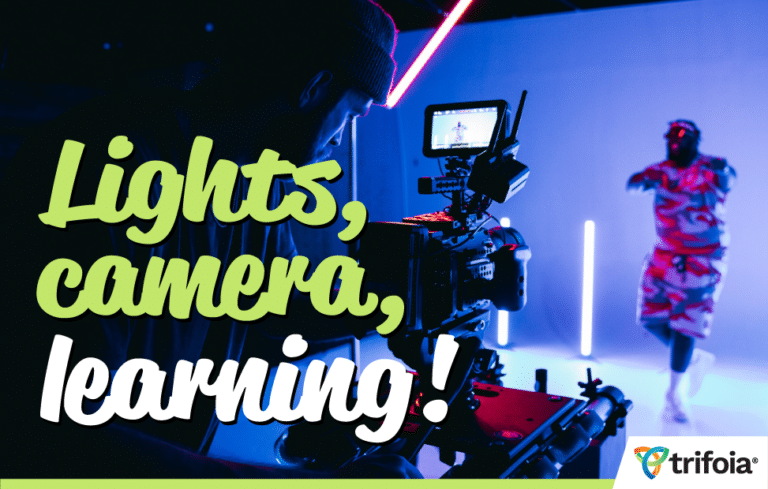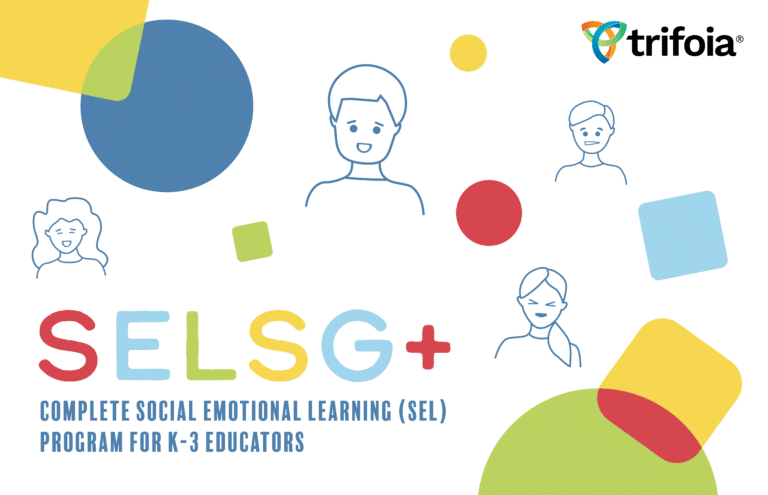Trifoia has been providing digital training solutions for over two decades. Founded in 1999 as IRIS Educational Media, the emphasis on research to inform the development of Trifoia’s learning products has been one constant through years of growth, innovation, and evolution. But just how does research enliven online learning? Consider the example of remote instruction. Millions of students pivoted to online school during the COVID-19 pandemic. Researchers have been working for nearly two years now examining how students have engaged with these online learning materials during the pandemic. Effective research can answer key questions about how learners are absorbing information remotely, whether that information is accessible to users, and ultimately the effectiveness of online learning. These insights aren’t confined to classrooms. Businesses and professional organizations taking a fresh look at online training coming out of the pandemic can benefit as well. “Product development is inherently a research process,” Trifoia Founder and CEO Adam Wendt said. “It’s about figuring out who the learner is, what they need to know, why they don’t already know it, and how the training materials should look and feel.” This emphasis on research sets Trifoia apart from other eLearning and online training companies. The company is unique in employing a Research & Design team, in addition to software development, content creation, and media production teams. Within Trifoia R&D, a team of design researchers, methodologists, instructional designers, and research analysts drill down on organizations’ specific learning needs. Here’s a bit more information about the roles within Trifoia R&D: Design research is a qualitative process for understanding end users of a learning and training product. Tactics design researchers use to gather information on user needs include subject interviews, focus groups, and other human-centered data collection methods.
Methodology establishes the data-oriented frameworks to study organizational challenges. These include quantitative research tactics, like randomized control trials of users, and analyses of changes in learner knowledge and behavior, to gauge the overall effectiveness of an instructional program across diverse groups of users. Research design evaluates the effectiveness of these qualitative and quantitative research methods.

Instructional design translates the qualitative and quantitative data collected by research teams into custom online content, embedding research findings into businesses’ or organizations’ training programs. “Many of the projects we have completed at Trifoia over our 20 plus years of producing training products have undergone randomized controlled trials (RCTs) to determine the efficacy and impact of the product,” Wendt said. “Many social service organizations are required to purchase only evidence based products that have undergone RCTs. Trifoia’s R&D division is staffed with experienced methodologists and data analysts who can develop research protocols, conduct power analysis, and analyze results for almost any type of training intervention.”
Research is baked into Wendt’s DNA. He founded Trifoia due to a growing need to integrate technology into product design. Trifoia’s first products were collaborations with nationally recognized child development researchers to produce a series of professional development products for kindergarten through 12th grade teachers focused on behavior and classroom management. Since then Trifoia has developed more than 100 education technology and media products that incorporate research collaboration with federal government agencies, universities and private research institutes.
As Trifoia has grown from a handful of employees to over 25, Wendt has structured the company to incorporate research best practices into its products. The creation of Trifoia learning solutions are frequently collaborations between Trifoia’s software developers and multimedia producers. Yet Trifoia’s Research & Development division lays the foundation for much of their work.
“Whether you are starting to develop a new curriculum for an online course, or adapting traditional group-based training curriculums to an online format, the formative research activities such as focus groups, key informant interviews and scenario-based usability tests aren’t just immensely helpful,” Wendt said. “In this environment they’re absolutely necessary.”
These insights are especially important in an increasingly hybrid work world. With a larger proportion of workers onboarding and completing company-specific trainings asynchronously, Trifoia researchers can harness these portraits of learner behavior to help organizations implement and scale their online training objectives.
So why does that matter for your business?
“Everybody is trying to measure success,” Wendt says. “When you’re investing in online training, it’s important to show what the training accomplished, and how you know it was responsible.”
Trifoia offers Technology Roadmaps as a design research service to help organizations understand opportunities and barriers to meeting their training and learning needs. With Trifoia’s insistence on research at every step of the product development lifecycle, organizations can invest in learning products knowing that the designers are measuring user experience and validating their development, with evidence rigorously gathered from learner behavior.
These services put Trifoia products ahead of the learning curve in the post-pandemic learning landscape beginning to emerge. It’s an emphasis that, along with customer service, set Trifoia apart as an online training developer that’s truly bespoke – made to solve user’s need.
“We walk into everything we do with a Sherpa mentality. We’re here to guide you up the mountain of training opportunities,” Wendt said.





